#air and space museum
Explore tagged Tumblr posts
Text



When I was a kid I used to build model airplanes and hang them from my bedroom ceiling.
Steven F. Udvar-Hazy Center, Virginia
photos: David Castenson
#air and space museum#udvar - hazy center#airplanes#black and white photography#photographers on tumblr
173 notes
·
View notes
Text

Bell X-1 'Glamorous Glennis' at the Smithsonian National Air and Space Museum, Washington DC
#Bell X-1#Bell#X-1#rocket plane#X plane#experimental aircraft#Glamorous Glennis#Smithsonian#Air and Space Museum#aviation#aerospace
137 notes
·
View notes
Text

On this day in 1943, the Museum’s P-38 Lightning was accepted by the Army Air Forces. Days later, Lockheed got permission to convert it into a two-seat trainer, to accommodate an instructor to train civilian pilots. Once trained, they evaluated P-38s fresh off the assembly line.
@airandspace via X
41 notes
·
View notes
Text




Discovery and Concorde at Udvar-Hazy
#photography#my work#around dc#virginia#chantilly#smithsonian#air and space museum#black and white#nasa
68 notes
·
View notes
Text

On #TDIH in 1950, the first all-jet air-to-air combat took place. Lt. Russ Brown, flying an F-80C of the 16th Fighter Interceptor Squadron, shot down a North Korean MiG-15.
📷: Original XP-80 prototype: s.si.edu/44dVZMO
@airandspace via X
14 notes
·
View notes
Text


DO NOT ROLL, TUMBLE OR DROP
The Sparrow missile is a medium range air-to-air missile with semi-active radar homing that was used by the US Air Force, Navy, and Marines. Developed by Raytheon and used in the Vietnam and Gulf wars. Pictured above is the Sparrow II, which, when developed, came with the new freedom of being able to fire at multiple different targets back-to-back. The small size and type of radar used in the Sparrow II model led to poor performance and was abandoned in 1956.
#Sparrow II#missile#missiles#air to air missile#homing missile#explosive missile#raytheon#gulf war#vietnam war#not roller coasters#2024#june 2024#Steven F. Udvar-Hazy center#Steven F. Udvar-Hazy Boeing Aviation Hangar#udvar-hazy smithsonian hangar#udvar-hazy center#smithsonian boeing aviation hangar#boeing aviation hangar#smithsonian institution#air and space museum#aviation#aviation photography#museum photography#science museum#science#engineering#aircraft#aircraft photography#pilot#Washington DC
9 notes
·
View notes
Text
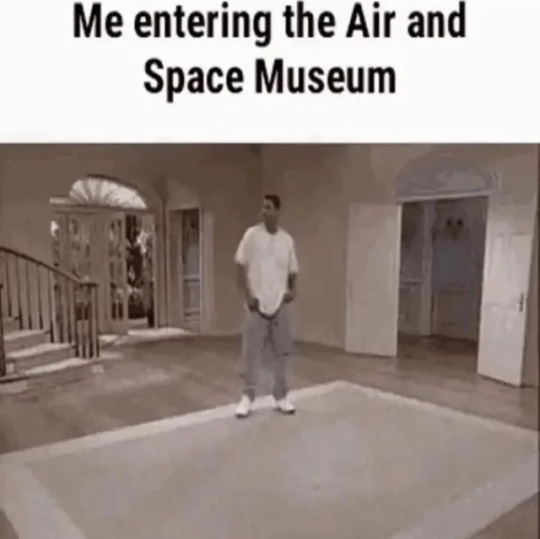
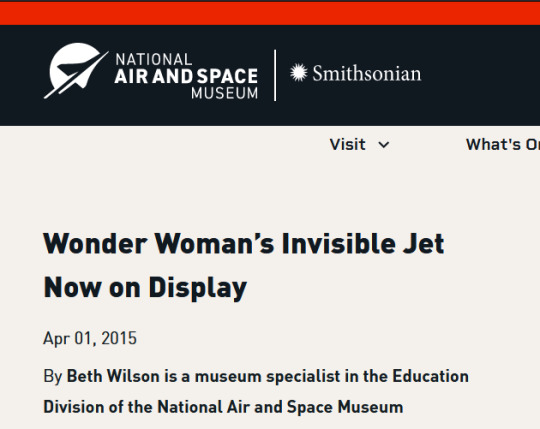

#wonder woman#lynda carter#air and space museum#Smithsonian#this is still so funny to me#last time i was there#i turned into a impromptu tour guide#because I couldn't shut up about everything I saw
171 notes
·
View notes
Text

Ever seen the underside of a space shuttle?
Space Shuttle Discovery, at the Udvar-Hazy Center/Air and Space Museum outside Washington, DC.
#space shuttle#space exploration#STS#space shuttle discovery#nasa#astronaut#astronauts#air and space museum#udvar hazy center
8 notes
·
View notes
Text
"There were years of drinking, depression, cheating.... I flipped over a SAAB in the San Fernando Valley. I once woke up in the Air and Space museum with a revolver in the waistband of my jean shorts"
Buzz Aldrin - No dream is too high: Lessons from a man who walked on the moon
9 notes
·
View notes
Text

Washington 1984
34 notes
·
View notes
Text

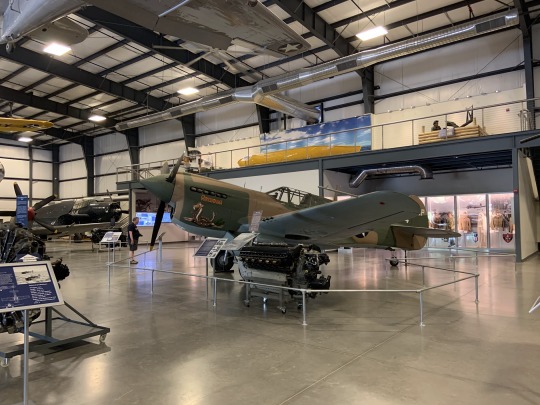


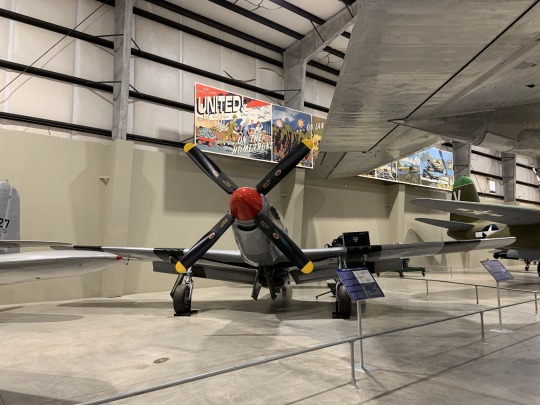



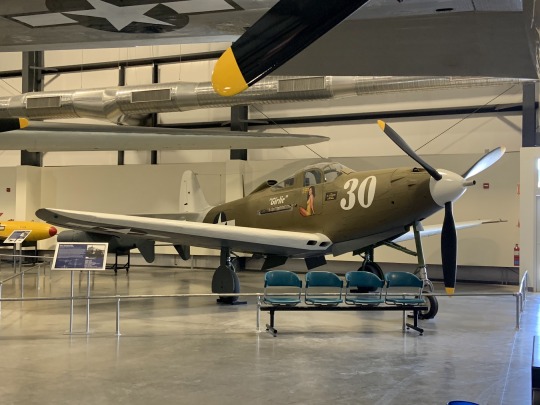

More Pima Air & Space Museum snapshots
#original photography on tumblr#Pima Air and Space Museum#Tucson#Arizona#aviation#aircraft#airplanes#mine#photographers on tumblr#museum#air and space museum
52 notes
·
View notes
Text
Saw some stuff today, Lads. I needed to share.
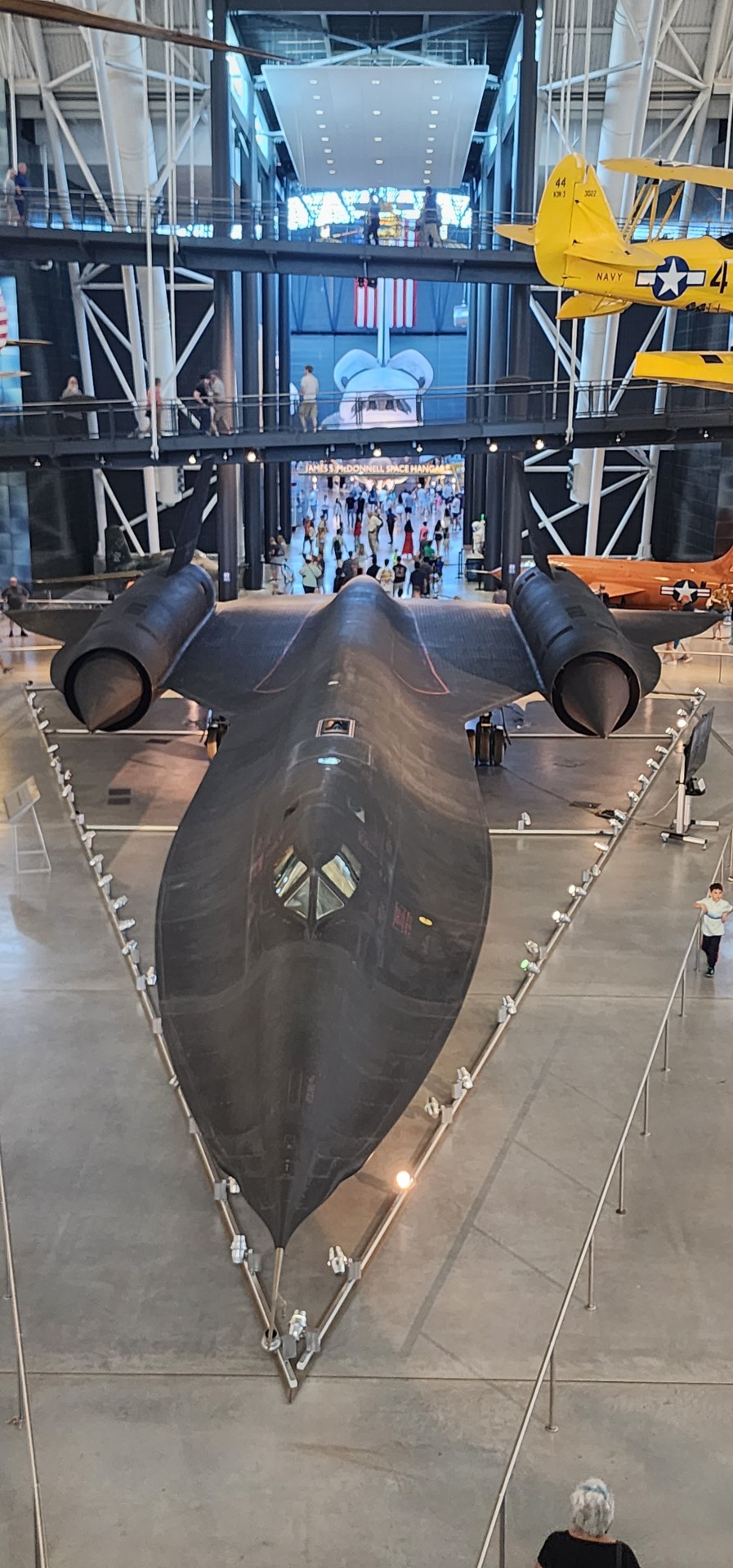
No need for introductions here.



Nazi planes. (And a missle)

This is the capsule that the dude jumped out of from space for the highest free fall in history. HE BROKE THE SOUND BARRIER. Took 4 and a half minutes to reach the ground.
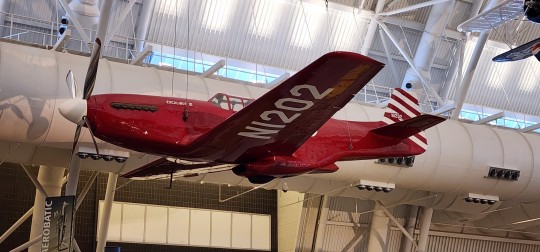
A P-51 Mustang stunt plane.

You know.

This is Flak Bait. It is being restored for display. It holds the record for most bombing runs in WW2. Look at those marks! (200 runs!)

The mothafukin DISCOVERY! I have seen 2 Shuttles in the last 8 months. Saw the Atlantis in December of '22.
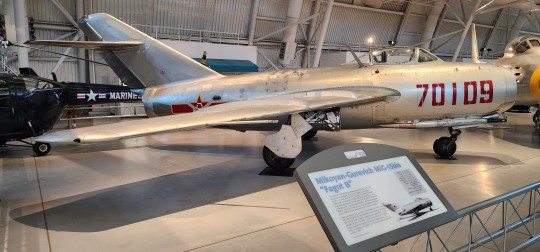
And last but not least, the Mig-15bis
Aka, Fagot B.
Nothing like having your 14 year old cackle and say very loudly,
"OH MY GOD THEY CALLED IT A FAGOT!"
I died right there.
41 notes
·
View notes
Text

In October 1940, the Vought XF4U-1 Corsair prototype made history as the first single-engine U.S. fighter to fly faster than 400 mph. This F4U-1D, is on display at the Udvar-Hazy Center: s.si.edu/3Sfsx4E
@airandspace via X
Tap Title bar to view☝️
10 notes
·
View notes
Text









Took a drive over to lake Pleasant to see this piece of history. She made her final water landing here and is being actively disassembled for truck transport to Pima Air and Space Museum in Tucson AZ.
#philippine mars#davideragland#photographers on tumblr#photography#original photographers#arizona#american southwest#lake pleasant#pima air and space museum#phoenix az#tucson#air and space museum#aircraft#water bomber#naval aviation#naval history#flynavy
6 notes
·
View notes
Text







Home to the world's largest and most significant collection of aviation and space artifacts, and all things flight, the Smithsonian's National Air and Space Museum is the most visited museum in the country.
Visitors can explore the 1903 Wright Flyer, touch a piece of moon rock, and immerse themselves in the fascinating world of aviation and space travel at the National Air and Space Museum. Since its opening on the National Mall in 1976, this iconic institution has inspired and educated future pilots and astronauts from around the globe.
#educationaltours#studenttours#educationaltour#grouptours#studenttour#grouptour#colonialcapitaltours#day trip#washingtondc#smithsonian#smithsonian museum#nationairandspacemuseum#air and space museum#national mall#museums#american history#us history
2 notes
·
View notes
Text
youtube
3 notes
·
View notes